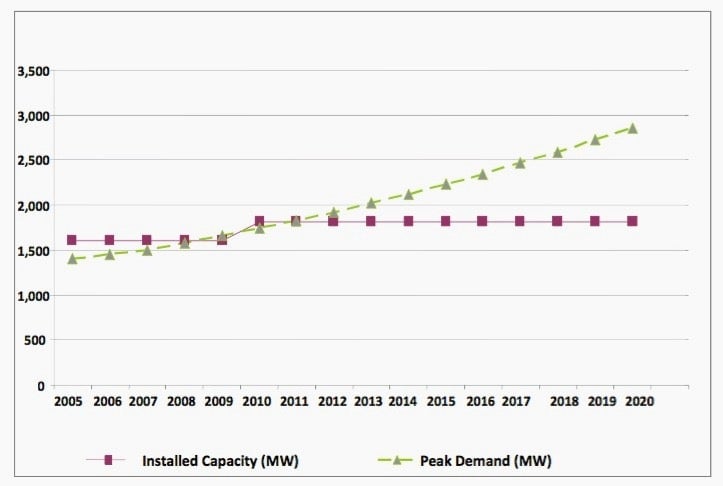Zambia plans to have sub-Saharan Africa’s cheapest solar power
This post has been corrected. A previous version of this story incorrectly listed the projected price of electricity generated by the proposed solar projects in Zambian kwacha. The correct figure is in US cents per kilowatt. The headline has also been corrected to reflect that solar power will not be less expensive than other forms of electricity.


This post has been corrected. A previous version of this story incorrectly listed the projected price of electricity generated by the proposed solar projects in Zambian kwacha. The correct figure is in US cents per kilowatt. The headline has also been corrected to reflect that solar power will not be less expensive than other forms of electricity.
Disappointed by hydroelectric power reduced by drought, Zambia is turning to the sun. The landlocked country plans to build two solar projects that will charge the lowest tariffs in sub-Saharan Africa, according to the Zambian Industrial Development Corporation.
Solar power development comes as Lake Kariba, the main source of Zambia’s electricity, is at a just 12% of its capacity. The world’s largest man-made lake lies on the Zambezi River between the Zambian and Zimbabwean border and produces 600MW and 750MW for the two countries, respectively.
The two solar projects will provide electricity priced at U.S. 6.02c/kWh and 7.84c/kWh, respectively. Those prices will remain fixed for 25 years, the corporation said in a statement. Zambians using over 300kWh in their homes pay about 51c/kWh (Zambian Kwacha) on the current energy tariffs with a standard 31c/kWh (Zambian Kwacha) for commercial use. Those prices are a fraction at U.S. dollar rates, but the low cost is negated by the lack of reliability.
Italian multinational Enel Green Power and Arizona-headquartered Neon S.A.S/First Solar Inc. are the front-runners in the bidding process that ended last month. The two solar power projects will have the capacity to produce 50MW each and are part of the World Bank’s Scaling Solar initiative. Launched in 2015 in Zambia, Senegal and Madagascar, the World Bank initiative encourages nations to develop solar power by providing financing and technical guidance. The goal is to have solar plants running within two years.
Diversifying Zambia’s renewable energy sources has become more urgent as the country’s reliance on hydropower has exposed cracks in the system. Lake Kariba was in need in renovation before drought conditions brought on by the El Niño weather phenomenon dried up the reservoir and Zambia’s electricity supply. Zambia’s historic failure to expand the hydropower system or invest in other renewable energy sources has exacerbated the current electricity shortage.
Critics say Zambia has failed to harness an estimated 6000MW of unexploited hydropower in the fifty years since Lake Kariba was built. The country’s development since independence has increased electricity demand (PDF), which now outstrips production capacity. To support economic growth, the country must produce 3,000 MW by 2050, according to the Zambian Development Agency. Adding scaled solar power projects to the national grid could help Zambia reach this target.

Zambia needs between 560MW to 1000MW of power that it can’t supply. The national power utility ZESCO is projected to lose $277 million in revenue as a result of the power deficit, according to the Lusaka Times. In recent months, Zambians have literally found themselves in the dark with scheduled and unscheduled power cuts. Despite signs of recovery, the power cuts have already dimmed Zambia’s growth prospects.